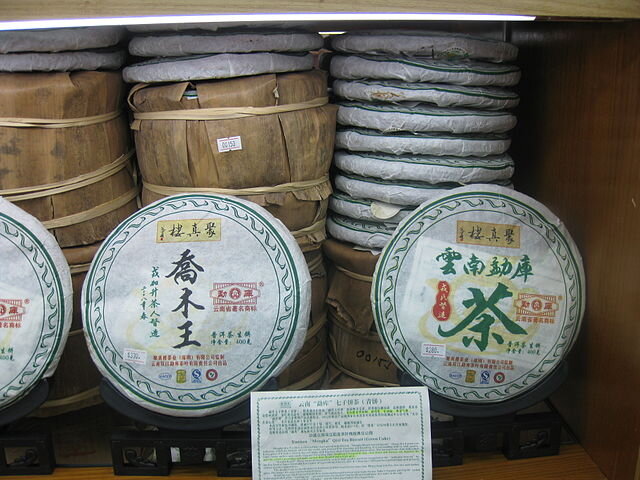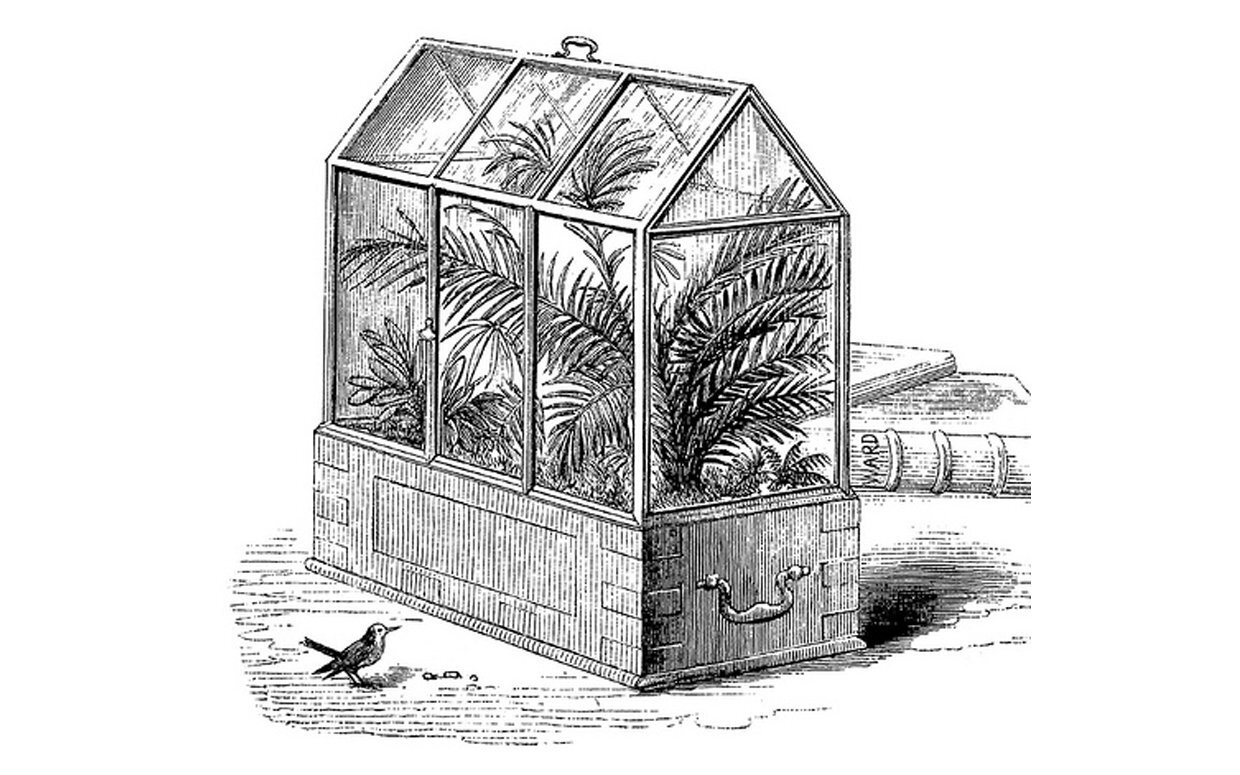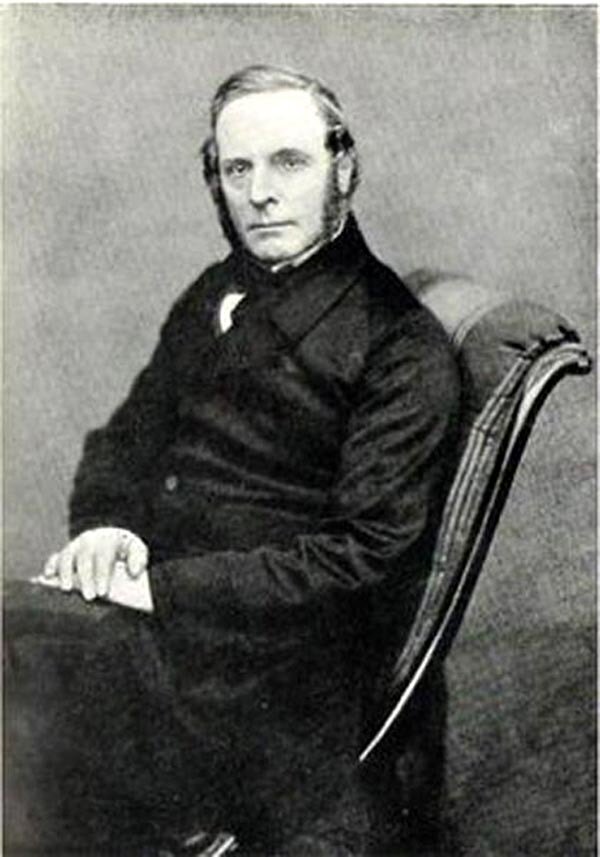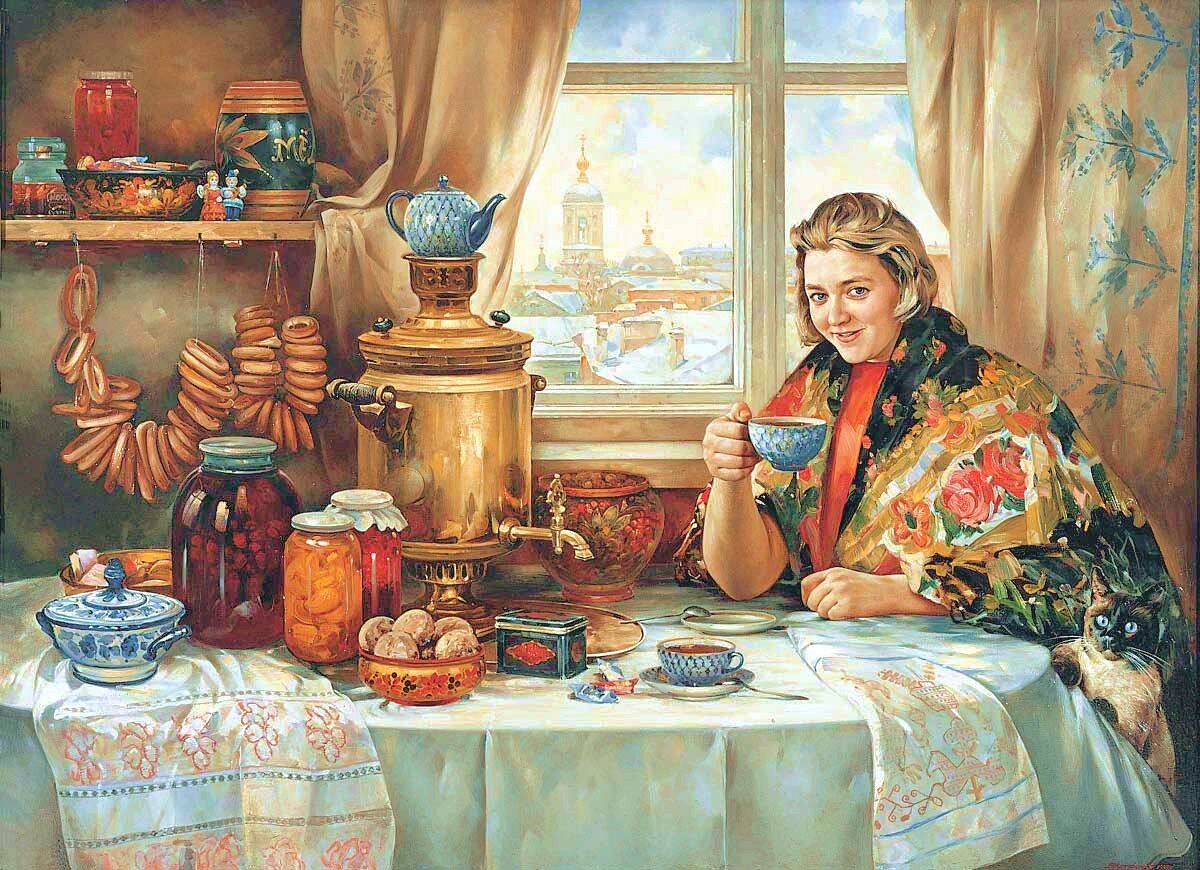Ep. 7 | Tea During the Song Dynasty
No longer is tea a bitter brew sharing a Chinese character with the one used for a bitter vegetable. Royals, officials, scholars, and common people are enjoying tea and writing poems inspired by this beverage that has taken China by storm. We also look at one of the greatest royal patrons of tea in Chinese history, the Emperor Huizong.
Listen On Your Favorite Podcast Player
Terms in Episode
| Pinyin/Term | Chinese | English/Meaning |
|---|---|---|
| Lù Yǔ | 陆羽 | The Tea Saint, and author of the Classic of Tea. He lived 733-804 |
| Lú Tóng | 卢仝 | 790-835, Tang literatus and renowned poet, as well as a great lover of tea |
| Tang Dynasty | 唐朝 | Dynasty that ran 618-690 and 705-907 |
| Kukai | 空海 | 774-835, inventor of Japanese katakana writing. Buddhist monk, calligrapher, and poet who founded the esoteric Shingon school of Buddhism, the Japanese branch of Vajrayana Buddhism. |
| Saichō | 最澄 | Japanese Budhhist Monk who lived 767-822. His visit to China in 804 was instrumental in bringing some aspects of Chiense culture to Japan, including tea and the Tiantai school |
| Emperor Saga | 嵯峨天皇 | The 52nd Emperor of Japan who reigned 809 to 823. He's famous, among many other things, for being the first Japanese emperor to drink tea |
| Chámǎ Gǔdào | 茶马古道 | The Ancient Tea Horse Road |
| Wénzōng Emperor | 唐文宗 | Tang emperor from 827-840 |
| Changsha | 长沙 | Capital city of Hunan province |
| Yue ware | 岳器 | Yue ware, an early kind of tea ware prized among aficianados and those who could afford it. |
| Ding ware - Dìngcí | 定瓷 | Produced at the Ding kilns in Hebei province. Ding ware had a white or greyish body and a nearly transparent white-tinted glaze, |
| Dìngzhōu | 定州 | City located in Hebei….halfway between Bǎodìng and Shíjiāzhuāng |
| Sòng | 宋朝 | The Dong Dynasty 960-1279 |
| Yuán | 元朝 | The Yuan Dynasty 1271-1368 |
| Xíng ware | 邢窑 | Chinese ceramics produced in Xingzhou Hebei province, most notably during the Tang dynasty. Xing ware typically has a white body covered with a clear glaze. |
| Zhào Kuāngyìn | 赵匡胤 | Founder of the Song Dynasty, also known as emperor Taizu. He reigned 960-976 |
| Kāifēng | 开封 | City in Henan province that served as the capital of the Northern Song (and other lesser dynasties) |
| Biàn | 汴 | The name of Kaifeng during the Northern Song |
| Sòng Tàizǔ | 宋太祖 | Temple name of Zhao Kuangyin, founder of the Song Dynasty |
| mǒchá | 抹茶 | Ground tea powder, also known in Japanese as Matcha |
| Chado | 茶道 | Also known as the Japanese Tea Ceremony |
| Cha-no yu | 茶の湯 | Another name for the Japanese Tea Ceremony |
| diǎnchá | 点茶 | a popular tea drinking method in the Song Dynasty that involved "mocha" and a whisk |
| Cài Xiāng | 蔡襄 | 1012-1067, Chinese politician, engineer, poet, and arguably the greatest calligrapher during the Song dynasty. |
| Hūizōng | 宋徽宗 | Second to the last emperor of the Northern Song whose poor leadership led to the fall of the dynasty in 1127. It was reconstituted down in Hangzhou later and lived on as the Southern Song |
| Zhōu Gōng | 周公 | Duke of Zhōu, son of King Wen and brother to King Wu of Zhou |
| Wáng Xīzhī | 王羲之 | 303-361, Jin Dynasty statesman, politician and perhaps China's most famous calligrapher. Wang Xizhi was featured in CHP episode 96 |
| Lántíngjí Xù | 兰亭序 | The Preface to the Orchid Pavilion, Wang Xizhi's great calligraphic masterpiece |
| Taizong | 唐太宗 | Tang emperor who reigned 626-649 |
| Cài Jīng | 蔡京 | 1047-1126, Norhtern Song statesman and politician during the reign of Huizong |
| Sū Shì | 苏轼 | 1037-1101, Also known as Su Dongpo. One of the most beloved characters from Chinese history. He was a poet, writer, politician, calligrapher, painter, pharmacologist, and gastronome |
| Huáng Tíngjiān | 黄庭坚 | 1045-1105, Song Dynasty calligrapher, painter, and poet |
| Mǐ Fú | 米黻 | 1051-1107, Northern Song painter, poet, and calligrapher known for his style of painting misty landscapes. |
| Sū, Huáng, Mǐ, Cài | 苏黄米蔡 | The four great Song calligraphers, Su Dongpo, Huang Tingjian, Mi Fu and Cai Xiang |
| Pútián | 莆田 | City in Fujian located in between Quánzhōu and Fúzhōu |
| Fújiàn Province | 福建省 | Coastal province in southern China |
| Rénzōng | 仁宗 | Song emmperor who reigned 1010-1063 |
| Ōuyáng Xiū | 欧阳修 | 1007-1072, Song dynasty essayist, historian, poet, calligrapher, politician, and epigrapher, featured in CHP episode 71 |
| Chá Lù | 茶录 | Cai Xiang's Tea Treatise, The Record of Tea |
| dòuchá | 斗茶 | A "Tea War", a kind of "diancha" tea contest to make the perfect cuppa |
| míngzhàn | 茗战 | Another name for a "tea war" |
| Jiàn ware | 建窯 | A type of tea ware produced in Jiànyáng 建阳 in Fujian province |
| Tùháo zhǎn | 兔毫盏 | Hare’s fur, considered the best was because Emperor Hūizōng, himself said so |
| Dàimào zhǎn | 玳瑁盏 | Tortoiseshell design |
| Zhègū bān | 鷓鴣斑 | partridge feathers design |
| Yóu dī | 油滴 | oil droplets design |
| Gòng Yù | 供御 | tribute ware |
| Qīngbái | 清白 | A type of tea ware produced during the Song and Yuan dynasties. Qingbai ware is white with a blue-greenish tint |
| Qīng Guǎngcǎi | 广彩 | Also known as "Canton Porcelain" used multiple colors on a white ceramic canvas |
| Sū Shùnyuán | 苏舜元 | 1006-1054, a Northern Song literatus and official during the time of Renzong |
| Chá Wénhuà | 茶文化 | Tea Culture |
| Wūlóng | 乌龙 | Oolong Tea |
| Zhēnzōng | 真宗 | Northern Song Emperor from 997-1022 |
| Yǎ’ān | 雅安 | City in Sichuan southwest of Chengdu |
| Western Xià | 西夏 | Also known as the Tangut Empire. It lasted from 1038-1227 and was located mostly in Ningxia and Gansu |
| Hàn Wǔdì | 汉武帝 | Western Han emperor who reigned 141-87 BCE |
| Wáng Ānshí | 王安石 | 1021-1086. Song Dynasty economist, philosopher, poet, and politician who attempted far-reaching and controversial socioeconomic reforms known as the New Policies. |


























The tea trade transforms into an entire industry and becomes the most important traded commodity of the British East India Company